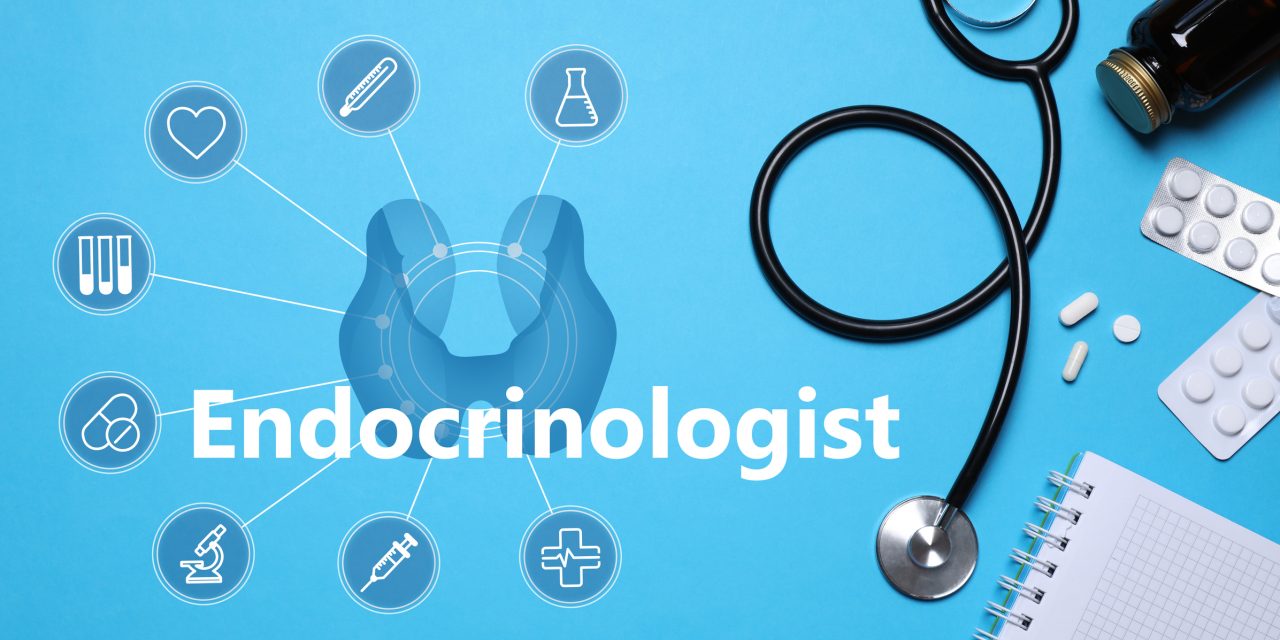While stages of reproductive aging for women in the general population are well described by STRAW+10 criteria, this is largely unknown for female adolescent and young adult cancer survivors (AYA survivors).
To evaluate applying STRAW+10 criteria in AYA survivors using bleeding patterns with and without endocrine biomarkers, and assess how cancer treatment gonadotoxicity is related to reproductive aging stage.
The sample (n=338) included AYA survivors from the Window Study cohort. Menstrual bleeding data and dried blood spots for AMH and FSH measurements (Ansh DBS ELISAs) were utilized for reproductive aging stage assessment. Cancer treatment data were abstracted from medical records.
Among participants, mean age 34.0±4.5 and at a mean of 6.9±4.6 years since cancer treatment, the most common cancers were lymphomas(31%), breast(23%), and thyroid(17%). Twenty-nine percent was unclassifiable by STRAW+10 criteria, occuring more frequently in the first 2 years from treatment . Most unclassifiable survivors exhibited bleeding patterns consistent with the menopausal transition, but had reproductive phase AMH and/or FSH levels. For classifiable survivors (48% peak reproductive, 30% late reproductive, 12% early transition, 3% late transition, 7% post-menopause), endocrine biomarkers distinguished among peak, early and late stages within the reproductive and transition phases. Gonadotoxic treatments were associated with more advanced stages.
We demonstrate a novel association between gonadotoxic treatments and advanced stages of reproductive aging. Without endocrine biomarkers, bleeding pattern alone can misclassify AYA survivors into either more or less advanced stages. Moreover, a large proportion of AYA survivors exhibited combinations of endocrine biomarkers and bleeding patterns that do not fit STRAW+10 criteria, suggesting the need for modified staging for this population.
© The Author(s) 2020. Published by Oxford University Press on behalf of the Endocrine Society. All rights reserved. For permissions, please e-mail: journals.permissions@oup.com.
Beyond premature ovarian insufficiency: Staging reproductive aging in adolescent and young adult cancer survivors.


